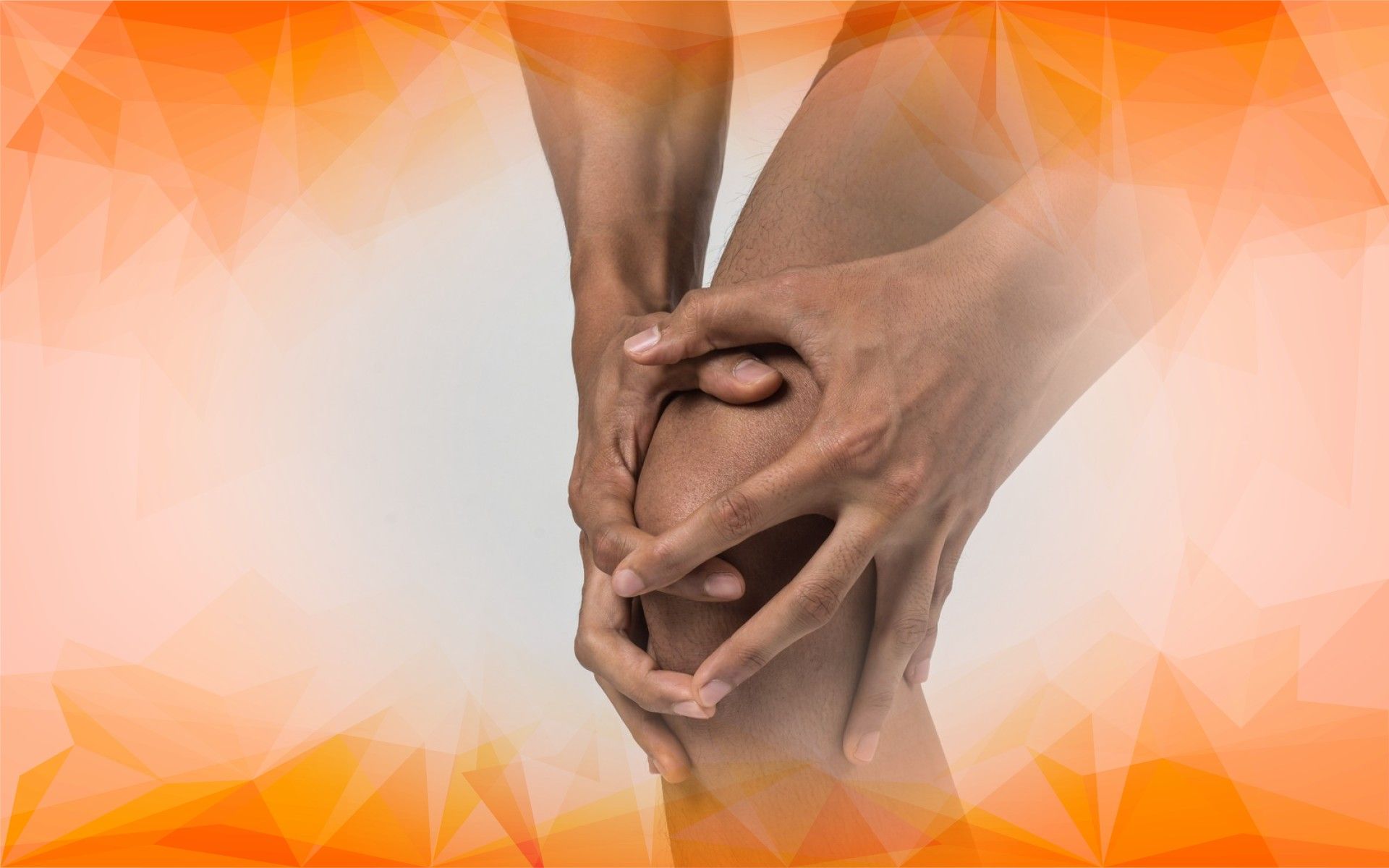Introduction
Knee pain is a widespread problem with many possible causes, but two conditions are especially common: knee bursitis and knee osteoarthritis . Knee bursitis happens when the small, fluid-filled sacs (bursae) that cushion your knee joint become inflamed. For example, prepatellar bursitis causes pain and swelling at the front of the knee. Osteoarthritis , on the other hand, is a long-term condition where the protective cartilage in your joints gradually wears away, leading to pain and stiffness.
In this article, we’ll break down how these two conditions are connected—especially through inflammation. We’ll explore how bursitis may affect the development or worsening of osteoarthritis, what this means for treatment, and new developments in managing knee pain. We’ll also explain key terms and offer practical advice so you can better understand these conditions and your options.
What Are Knee Bursitis and Osteoarthritis?
Let’s start with the basics. Knee bursitis happens when one or more bursae around the knee become irritated or inflamed. This is often caused by repeated pressure on the knee (like kneeling), injury, or overuse. Prepatellar bursitis, for example, appears as a swollen, tender bump in front of the kneecap. The main symptoms are pain, swelling, and sometimes warmth over the area.
Osteoarthritis of the knee is the most common type of arthritis and tends to develop gradually. With osteoarthritis, the cartilage that cushions the ends of your bones slowly breaks down. As this protective layer wears away, bones start to rub against each other, causing pain , stiffness, and trouble moving the joint.
Bursitis often flares up suddenly, while osteoarthritis usually creeps in slowly over time. Because both conditions can cause knee pain and swelling, it’s sometimes hard to tell them apart without a thorough medical exam. Knowing the differences—and where they overlap—can help ensure you get the right treatment.
How Does Inflammation from Bursitis Affect Osteoarthritis?
The main connection between knee bursitis and osteoarthritis is inflammation. When a bursa becomes inflamed, it releases substances that can irritate nearby tissues—including the knee joint itself. Over time, this ongoing inflammation may put extra stress on the cartilage and speed up its breakdown, potentially making osteoarthritis worse or hastening its onset.
At the same time, inflammation from osteoarthritis can also irritate the bursae, triggering or worsening bursitis. This means the two conditions can sometimes feed into each other, making effective and early treatment even more important.
Doctors use tools like MRI scans to look for both bursitis and early signs of osteoarthritis. Treatments such as corticosteroid injections can reduce inflammation in the bursa and provide relief. However, these should be used carefully, as overuse can lead to complications.
It’s also important to avoid activities or exercises that put extra pressure on an inflamed bursa, as these can worsen bursitis symptoms. That’s why treating bursitis promptly can sometimes help protect the knee joint and slow down the progression of osteoarthritis.
Personalizing Treatment for Better Results
Understanding how bursitis and osteoarthritis interact helps healthcare providers tailor treatment to your needs. The first step for bursitis is usually rest, ice, compression, and elevation—the RICE method. Gentle physiotherapy can help improve knee strength and flexibility without putting too much strain on the inflamed area.
If doctors suspect an infection in the bursa (septic bursitis), they may need to take a sample of the fluid for tests and consider antibiotics or, in rare cases, surgery to drain the bursa. Knowing when to switch from conservative care to more aggressive treatment is key for a full recovery.
Heat therapy can also help ease discomfort by relaxing the muscles around the knee. If symptoms don’t improve with these measures, surgery—either to remove the inflamed bursa or with minimally invasive techniques—may be considered.
Recovery times will differ for everyone, so education about modifying activities to protect your knee is vital to prevent future flare-ups. The most effective care is personalized: it addresses both inflammation and long-term joint health, aiming for better pain control and mobility.
Looking Ahead: New Treatments and Research
There are exciting new developments in how we treat knee bursitis and osteoarthritis together. Researchers are creating medications that target inflammation more precisely and may protect cartilage before too much damage occurs.
Physiotherapy programs are also becoming more personalized, focusing on strengthening the muscles around your knee , easing joint stress, and helping you move more comfortably. Innovative options like regenerative medicine —including stem cell therapy —are also being explored for their potential to repair damaged cartilage .
While more research is needed to pinpoint the best treatment combinations, the future looks bright for those dealing with knee pain.
Conclusion
Knee bursitis and osteoarthritis often go hand in hand, with inflammation linking the two. Recognizing and treating bursitis early—and understanding its effects on joint health —can help you and your healthcare provider create a more effective, personalized treatment plan.
Combining anti-inflammatory care with strategies to protect and strengthen the knee can lead to better pain relief, improved mobility, and a better quality of life overall. With promising research on the horizon, managing knee pain is becoming more effective than ever.
If you have persistent knee pain or swelling, don’t wait—consult your doctor for an accurate diagnosis and a treatment plan tailored to your needs.
References
Parker, R. H. (2021). Bursitis. In (pp. 446-448). Oxford University Press. https://doi.org/10.1093/med/9780190888367.003.0069
Roberts, J. R. (2002). Olecranon bursitis. Emergency Medicine News, 24(11), 22.
Van Mieghem, I. M., Boets, A., Sciot, R., & Van Breuseghem, I. (2004). Ischiogluteal bursitis: an uncommon type of bursitis. Skeletal Radiology, 33(7), 413-416. https://doi.org/10.1007/s00256-004-0789-3




